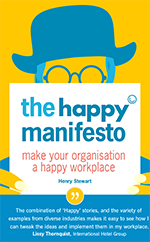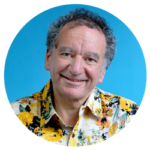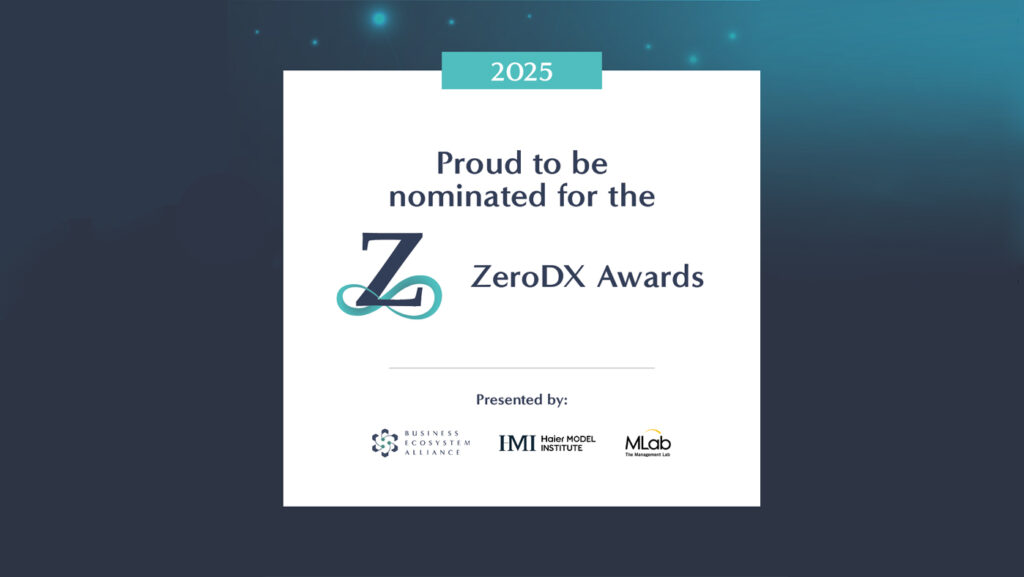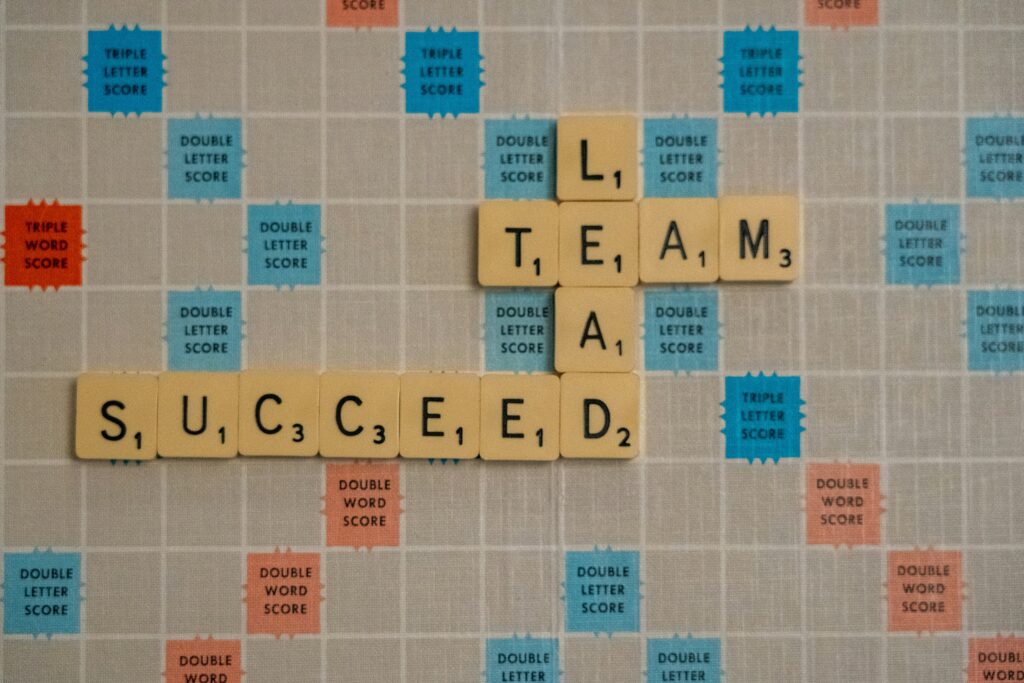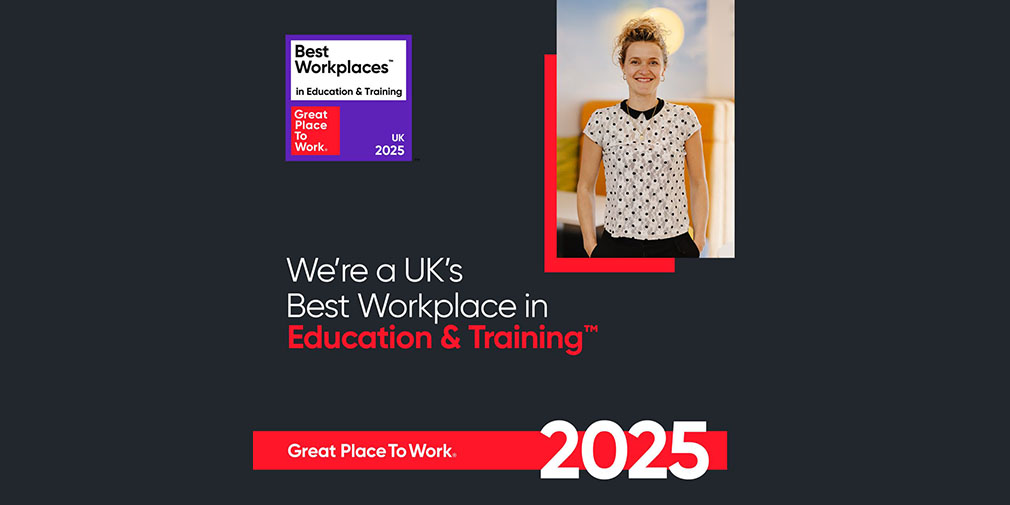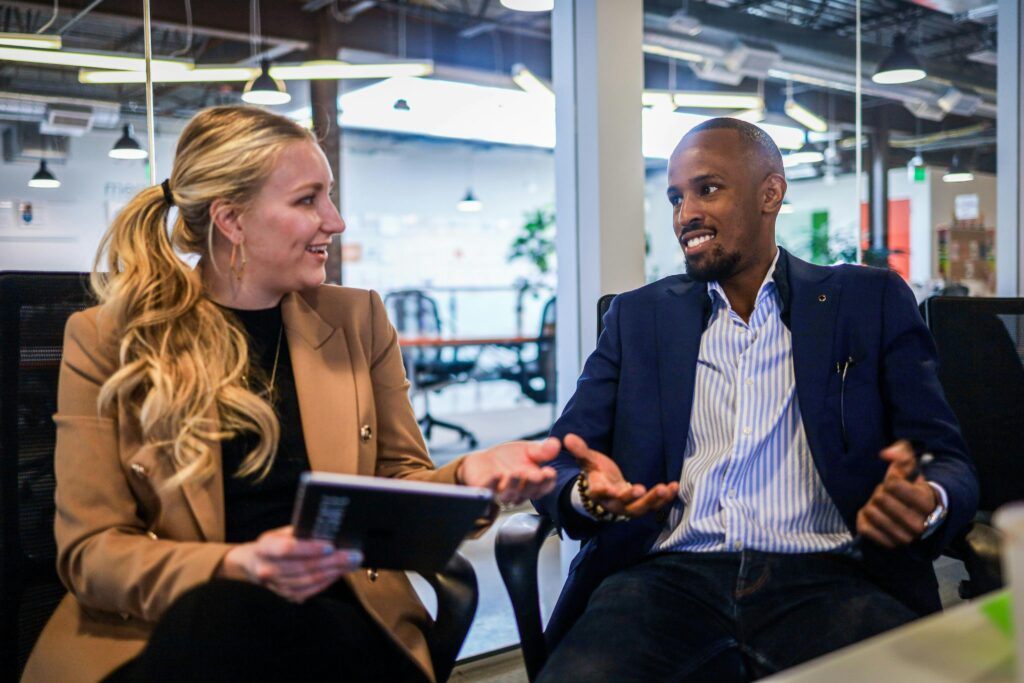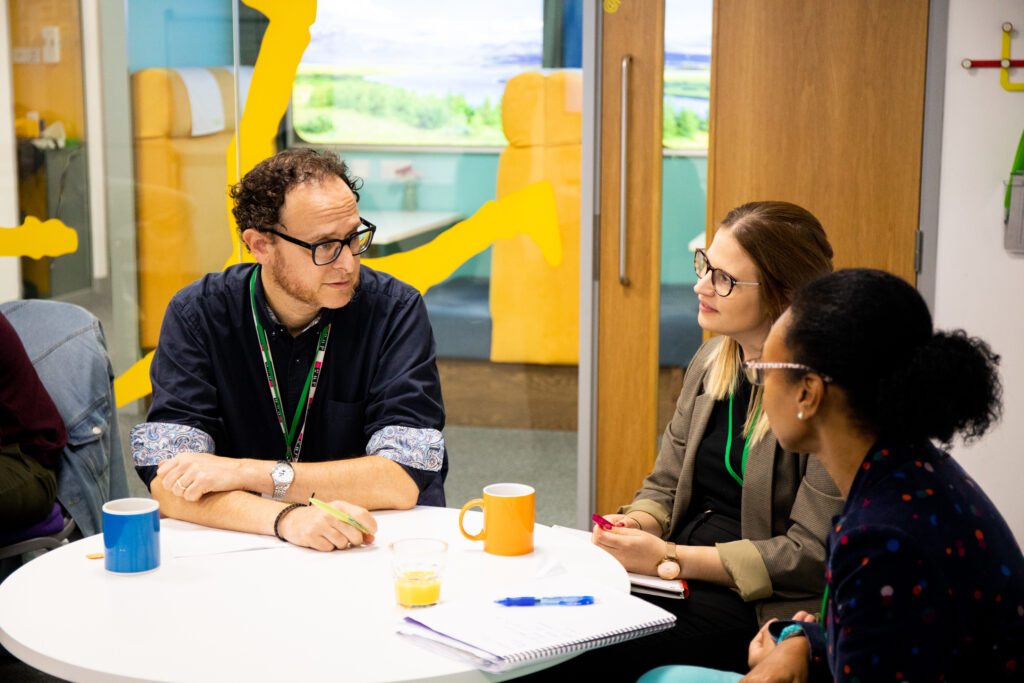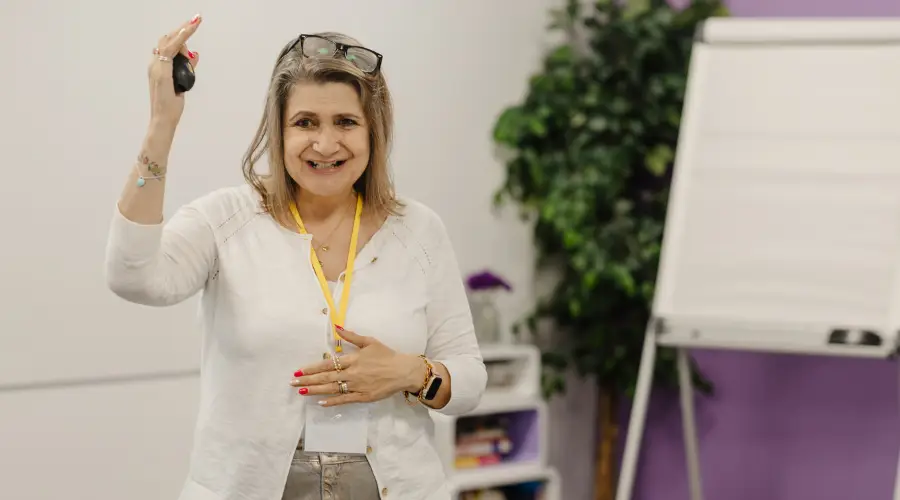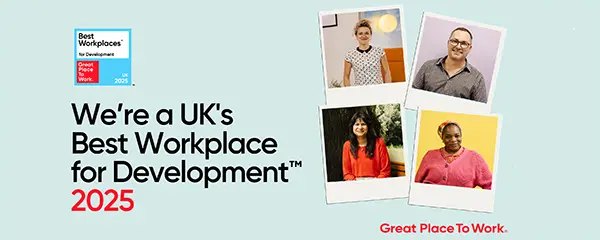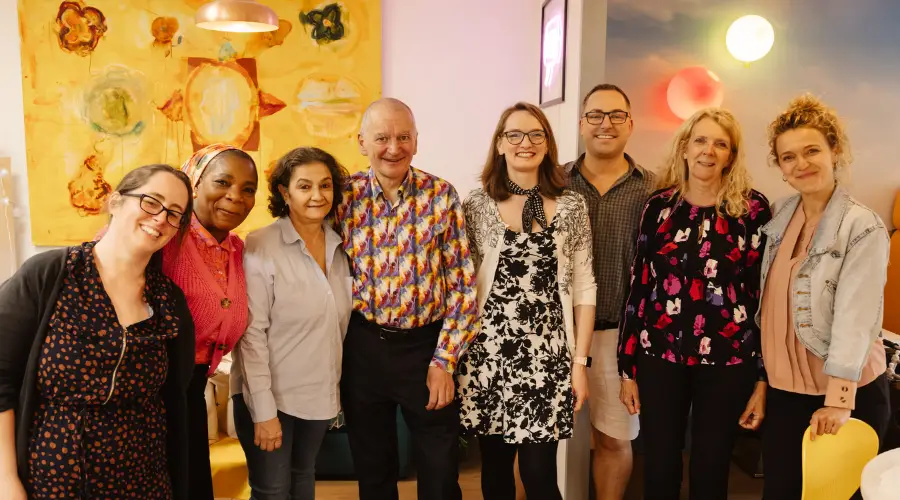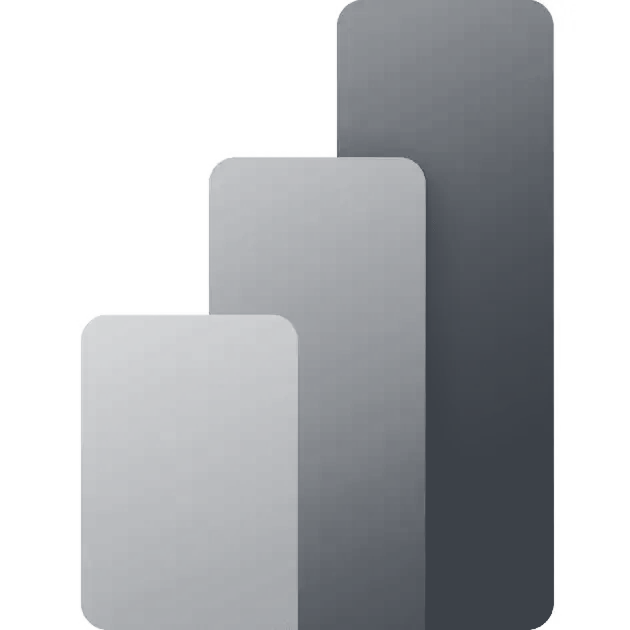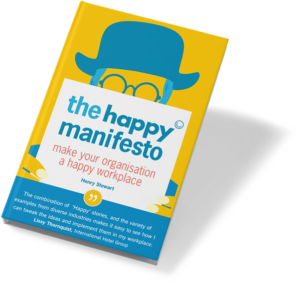Henry Stewart: Okay. So this is the seventh of my Happy Workplace Round Tables. Um, I’ll be doing this every Wednesday for seven weeks, apart from holidays and next week is a holiday. Um, now, of course one of the reasons I’m doing this is because I want you to book on our courses. Um, but I will give you some fabulous insights into what creates a happy workplace, and today is about decision making. And this will be an engaging session with breakouts.
So, uh, how easy is it to get stuff done in your organisation? I did this a LinkedIn poll on Monday. Um, and let me explain about HP and Netflix. In the book No Rules Rules, Reed Hastings explains how Jennifer Nierva at her previous job at Hewlett Packard had to get 20 levels of approval to employ consultants on a $200,000 contract.
It took her six weeks, um, and endless frustrating phone calls. So joining Netflix, she came with a 1 million marketing proposal and asked her boss who she had to get to sign it off. The answer was nobody. Just sign it and send it back. So my question on the poll was, are you a Hewlett Packard or are you a Netflix?
So put in the chat whether your organisation is a Hewlett Packard or a Netflix.
Oh, very good. No Hewlett Packards then?
Okay. Um, uh, now you can, uh, change an organisation. Just 18 months ago, Bill Anderson became CEO of Bayer, a pharmaceutical company, and it has now gone from command and control to a culture of entrepreneurial micro businesses of six to ten people who work directly with the customers.
At Bayer, uh, Bayer in the past, it was very difficult to get stuff done. For clinical trials, every level of hierarchy had to have layers of different reviews. There might be 800 documents, purely for internal purposes. With these teams, they don’t need the hierarchy. For an oncology trial, they looked at what could they, what could they drop due to internal processes.
They lost most of those 800 documents and instead got good quality, but also great speed. They went from an organisation where you get very little done, to one where you can get lots done. I’ll explain later about how you can make frontline decisions, but let me first talk about getting rid of decision making as the boss.
Okay, so does anybody know about David Marquet? Um, yeah. Okay, Cathy does. Um, so. I met this guy on a panel in Copenhagen in 2017. When Dave Marquet was made commander of the Santa Fe submarine, he realised he had been trained for a different, different model of submarine, and didn’t know how this one worked.
So instead of him telling 130 crew people what to do, he coached his crew to make all decisions. There was one exception. If missiles were to be launched, that would still fall to him. That was his responsibility. Right? Uh, this was based ensuring there was a competence and clarity of intent. The result was that the Santa Fe moved from being underperforming to being the best performing uh, submarine in US Navy history, and 11 of the crew themselves later became commanders of submarines. And all of this, uh, with a captain who was a dummy and made no decisions, as he commented in his, uh, excellent animated video, which I will send you uh, in, in an email.
So I decided a founder of, of my company to do that too. I decided in 2017 to make no decisions. The only decision I would make would be if I needed to let somebody go, which I didn’t feel is a staff responsibility. What happened? Well, here we go. Um, we were flatlining at that point. Um, our sales were flatlining. Um, after I did this, we went up 25 percent each year, um, because people took real responsibility.
Um, so let me just, uh, put in a chat. Okay. And so if you are a senior leader, could you stop making decisions? And if not, how could you ensure, make sure your senior leaders don’t make decisions? So I will put you into breakouts for about uh, let’s see, about three minutes.
Henry Stewart: So do put in chat. Um, uh, could you stop making decisions? Could you, uh, make sure your senior leaders don’t make decisions? Um, let me know.
Any thoughts? Any thoughts?
Okay, well, I’ll give you a couple of thoughts about that. I’ll give you, I’ll, I’ll give you two examples of decision making: the consent and the advice process. But first of all, back to Reed Hastings. Let’s share a screen.
Okay. So at most companies, the boss is there to approve or block the decisions of employees. This is a surefire way to limit innovation and slow down growth. When the boss steps out of the role of decision approver, the entire business speeds up and innovation increases. Yeah. Um, so let me give you some examples of how to do, uh, frontline decision making.
Yeah. So this is, uh, the consent process. Um, in consensus decision making, uh, requires people to say, yes. Consent decision making just requires them not to say no. So here’s how it works. The individual creates a proposal, often after already having, uh, sought advice. The colleagues ask clarifying questions. Um, the proposal addresses those questions, um, in the short, uh, short reaction on the chart. Um, they may decide to change the proposal or even take it away to come back later. People then ask if anybody has any objections. The key point, is it safe to try? It doesn’t require people, if it doesn’t require people to say yes, you simply ask, is it safe to try?
So at Happy, if it is, uh, over 10k, um, we use either the consent or the advice process. So let’s say it was around 50k on some marketing idea, then it would probably not be safe to try. But we had an environmental impact report at around 12k and felt that yes, that was safe to try. Um, so, it’s very much down to the individual, but, uh, the key point is, is the, is the safe to try bit.
Okay, another, another example of decision making is the advice, is the advice process. Okay, so the advice process is based on individuals taking responsibility rather than seeking consensus. Okay. So, someone notices a problem or opportunity, takes the initiative, or alerts someone better placed to do so.
So, prior to proposal, the decision maker may seek input to gather perspectives before proposing action. The initiator makes a proposal, seeks advice from those affected, or those with expertise. Right? So, taking this advice into account, the decision maker decides on an action and informs those who have given advice.
So at Happy, uh, we had two colleagues, John and Ben, decided our pricing was out of date. Um, they analysed the market, found out what competitors were charging, they made a proposal, including substantial increases, and sought advice. I told them I didn’t agree with it. However, it was not my decision to make.
Um, after seeking advice, John and Ben decided on the new pricing model, decision was made neither by consensus nor consent. Um, and I have to admit that I was probably wrong. 30 years after founding Happy, I was too wedded to old models of pricing. Indeed without that increase and its impact on our bank balance, we might not have survived the pandemic.
Um, so let me give me, I’ll give you another example. Um, so this is from Frederick Laloux. So make sure that all members of the organisation can make any decision, as long as they consult with the people affected and the people who have expertise on the matter.
So, uh, let me ask you, could you use either consent decision making or the advice process?
I’ll put that into chat.
